
The Earth’s climate system is undergoing significant transformations, with one of the most urgent issues being the accelerating rise in sea levels. Throughout much of the 20th century, sea levels increased at a gradual pace of approximately 0.06 inch (1.4 millimeters) per year. However, data from the National Oceanic and Atmospheric Administration (NOAA) reveal a marked acceleration, with rates more than doubling to 0.14 inch (3.6 millimeters) annually between 2006 and 2015.
This trend represents an immediate threat to coastal communities rather than a distant concern. NOAA projects a minimum sea-level rise of one foot (0.3 meters) above 2000 levels by the end of this century. The United Nations Intergovernmental Panel on Climate Change estimates an increase ranging from 16 to 25 inches (40 to 63 centimeters) by 2100. These substantial changes could trigger widespread disruption, potentially affecting up to 250 million people worldwide, according to a 2019 study published in Nature Communications.
The pressing issue extends beyond long-term forecasts to the challenges already confronting vulnerable regions. While the total disappearance of entire countries by 2100 remains improbable, as highlighted by Gerd Masselink of the University of Plymouth, numerous major cities face serious risks of flooding in the near term. These urban centers are caught in a complex nexus of rising sea levels, geological susceptibilities, and human impact, placing them on a precarious trajectory. This article explores five such cities confronting distinctive circumstances that may result in substantial submersion or severe consequences by 2030.
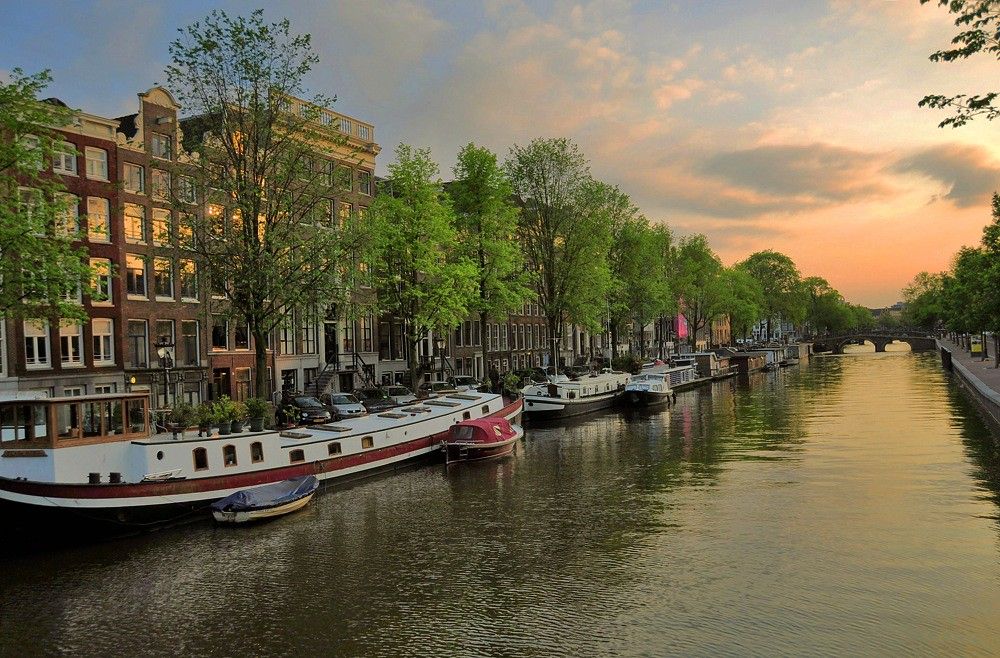
1. **Amsterdam, Netherlands**
The Netherlands, often referred to as the Low Countries, is synonymous with vulnerability to rising sea levels. Cities such as Amsterdam, Rotterdam, and The Hague lie at exceptionally low and flat elevations, precariously close to the North Sea. Despite this natural predisposition to flooding, the Dutch have been global leaders for centuries in flood defense, demonstrating remarkable human ingenuity and resilience against nature’s persistent threats.
Their advanced system of dikes, dams, barriers, levees, and floodgates has historically safeguarded extensive territories, enabling the nation to thrive largely below sea level. However, the accelerating pace of sea-level rise presents mounting challenges. Amsterdam is described as approaching a critical threshold, with rising seas projected to reach the city within less than ten years. This escalating threat underscores the need not only to maintain but also to continually enhance their renowned flood defense infrastructure in the coming years.

2. **Basra, Iraq**
In the Middle East, Iraq’s principal port city, Basra, confronts a critical and distinct set of challenges. Situated on the Shatt al-Arab, a vast river flowing into the Persian Gulf, Basra’s extensive network of canals and adjacent marshlands significantly increases its susceptibility to even modest sea-level rises, illustrating how local geography intensifies global environmental threats.
Compounding these risks, Basra faces persistent issues with waterborne diseases, reflecting the fragility of its infrastructure and public health systems. Flooding caused by rising sea levels poses a serious threat, potentially worsening these health crises and placing the city’s vulnerable population at heightened risk. Scientific projections indicate that, due to these combined factors, Basra could be partially or entirely submerged within the next decade. This stark prospect emphasizes the urgent need for international attention and support.
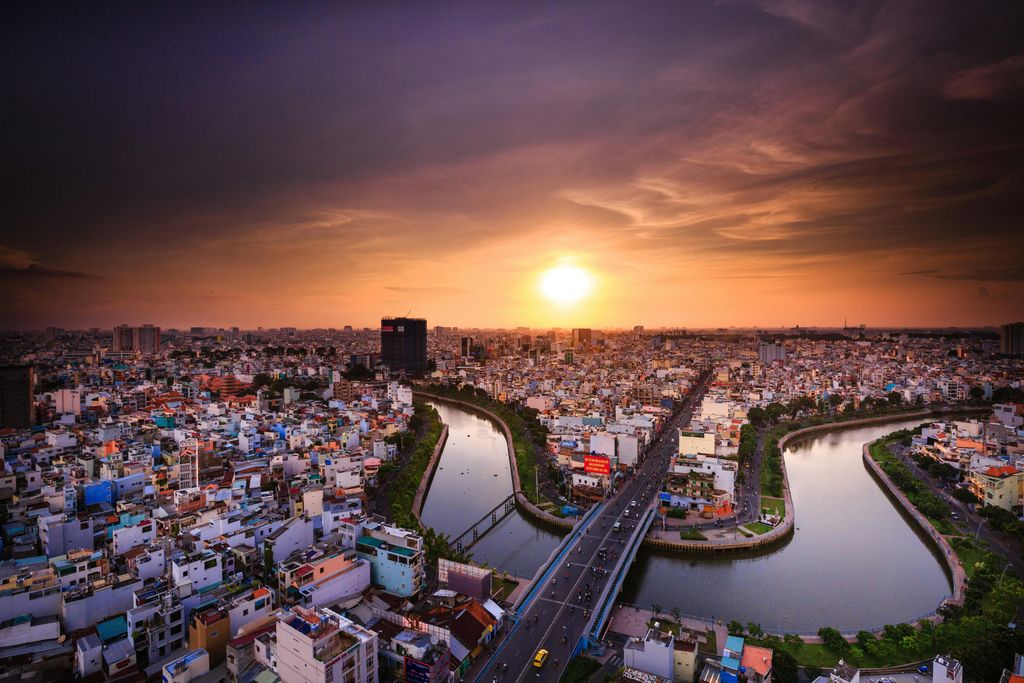
3. **Ho Chi Minh City, Vietnam**
Ho Chi Minh City, the vibrant economic center of Vietnam, exemplifies a metropolis confronting the immediate impacts of climate change. While the city’s core may avoid complete inundation by 2030, increased susceptibility to flooding and tropical storms presents a significant threat, especially during the intense monsoon season. Historically reliant on the fertile Mekong Delta, the city now faces profound risks linked to this geographic blessing.
Maps from Climate Central highlight the eastern districts, particularly the densely developed marshlands of Thủ Thiêm, as highly vulnerable to full submersion before 2030. This risk is compounded by land subsidence, a gradual sinking of the ground predominantly caused by rapid groundwater extraction, a common consequence of accelerated urbanization in low-lying regions. The interplay of rising sea levels, intense rainfall, and sinking land forms a complex and urgent challenge for this dynamic Vietnamese city.
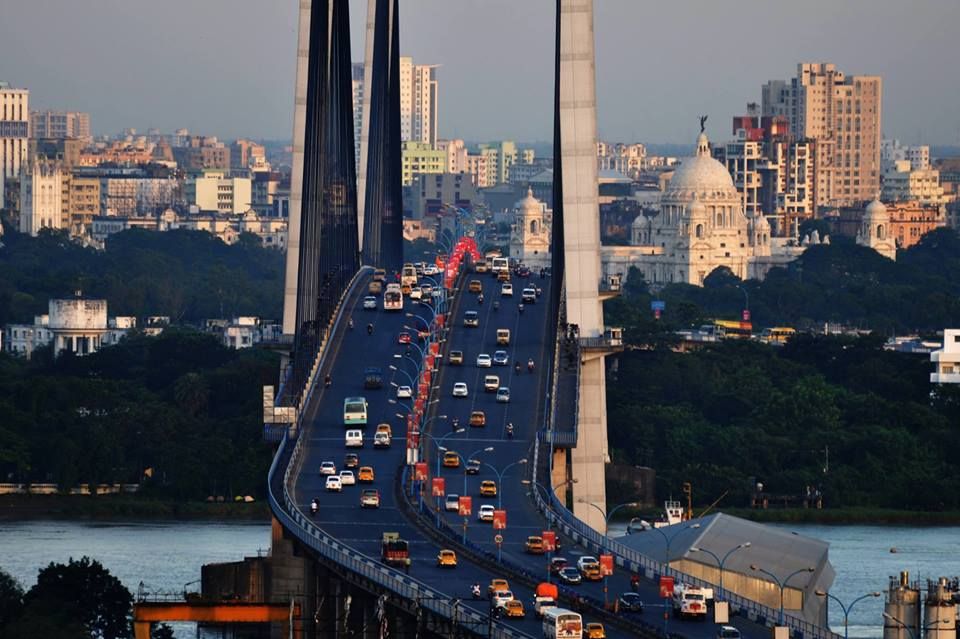
4. **Kolkata, India**
Kolkata, the capital of West Bengal, India, renowned for its rich cultural heritage and the iconic Durga Puja festival, faces a paradoxical and pressing threat: rapid land subsidence. For centuries, the fertile landscapes of West Bengal have supported vibrant communities and traditions. However, shifting climate patterns now transform this natural bounty into a significant hazard for Kolkata and its surrounding areas.
Similar to Ho Chi Minh City, Kolkata confronts severe challenges during the monsoon season. Increased rainfall combined with diminishing land availability for runoff results in prolonged and more destructive flooding. Current projections indicate substantial land subsidence could occur before 2030, driven by the compounded impact of recurring floods. This alarming scenario has raised global scientific concerns about the long-term viability of densely populated and economically diverse regions in India, especially toward 2100. The situation demands vigilant political leadership to closely monitor developments and adopt effective measures to mitigate the persistent threats posed by climate change.
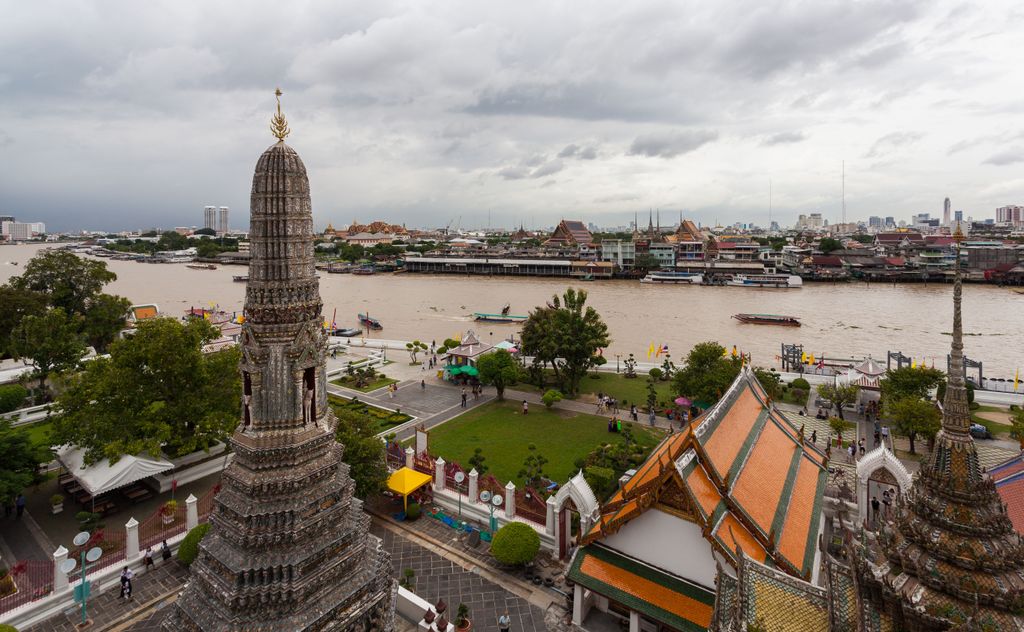
5. **Bangkok, Thailand**
Bangkok, Thailand’s vibrant capital, ranks among the cities most severely affected by the accelerating impacts of global warming. A 2020 study identified Bangkok as potentially the hardest-hit city by these environmental changes. Positioned at only 1.5 meters above sea level, the city’s dangerously low elevation increases its exposure to rising seas. Compounding this threat, Bangkok is sinking at an alarming rate of approximately two to three centimeters annually, far exceeding that of many other vulnerable urban areas.
This rapid subsidence is intensified by the city’s foundation on dense yet unusually soft clay soil, heightening its susceptibility to severe flooding. Projections for 2030 indicate that extensive coastal zones, including Tha Kham and Samut Prakan, as well as Suvarnabhumi International Airport, Bangkok’s main international gateway, could be submerged. The persistent combination of heavy rainfall, rising water levels, and decades of groundwater extraction creates a formidable challenge for millions living in this remarkable yet imperiled metropolis. Initiatives such as the Chulalongkorn Centenary Park, designed to store millions of gallons of rainwater, represent innovative responses; however, the scale of the threat demands sustained vigilance and comprehensive action.
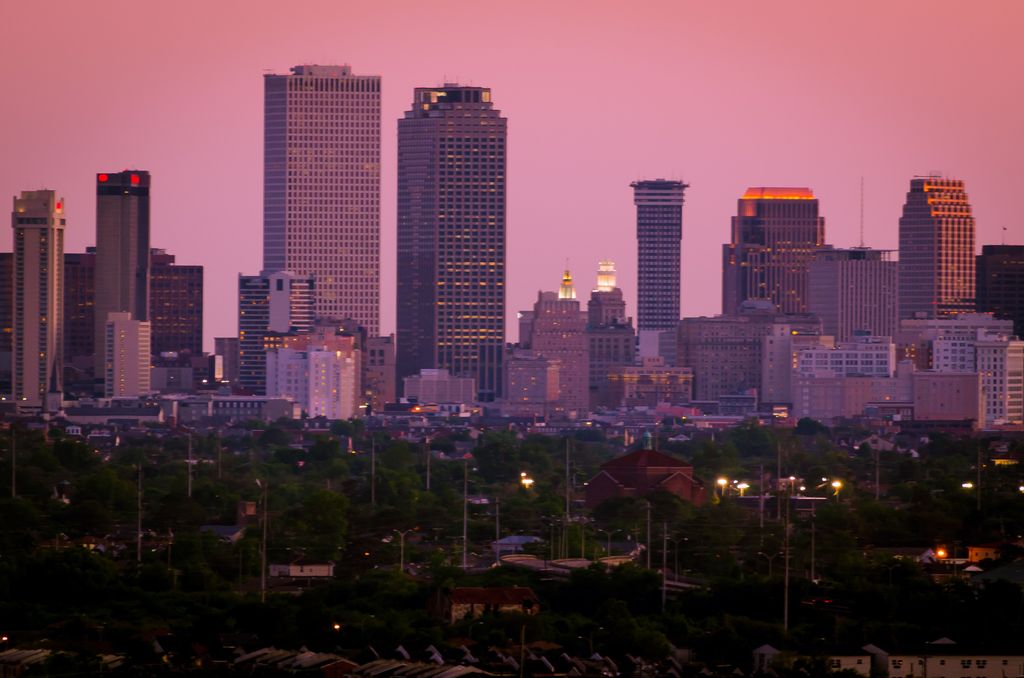
6. **New Orleans, USA**
New Orleans, a city celebrated for its vibrant culture and rich history, is experiencing one of the fastest rates of land subsidence worldwide, with some areas sinking as much as two inches per year. Founded entirely above sea level in the 1800s, the city has gradually been overtaken by water, with more than half its area now below sea level and certain sections submerged up to 15 feet. A 2016 NASA study projected the possible complete submersion of New Orleans by the end of this century, underscoring the severity of its predicament.
Situated within a river delta, New Orleans’ geography inherently increases its vulnerability to rising sea levels and catastrophic flooding. This natural risk is compounded by human activities, particularly intensive oil and gas extraction, which contribute to the frequency and intensity of floods. While the city maintains an extensive and well-known levee system designed to provide protection, the ongoing battle against these forces requires continual innovation.
The crisis is especially urgent in natural areas such as the Biloxi and Jean Lafitte wildlife preserves, which are reported to be nearly entirely submerged. This serves as a stark reminder of how rapidly natural landscapes can be reclaimed by water, emphasizing the critical need for the city to consistently monitor conditions and adapt its defenses with creative solutions to prevent further devastation.
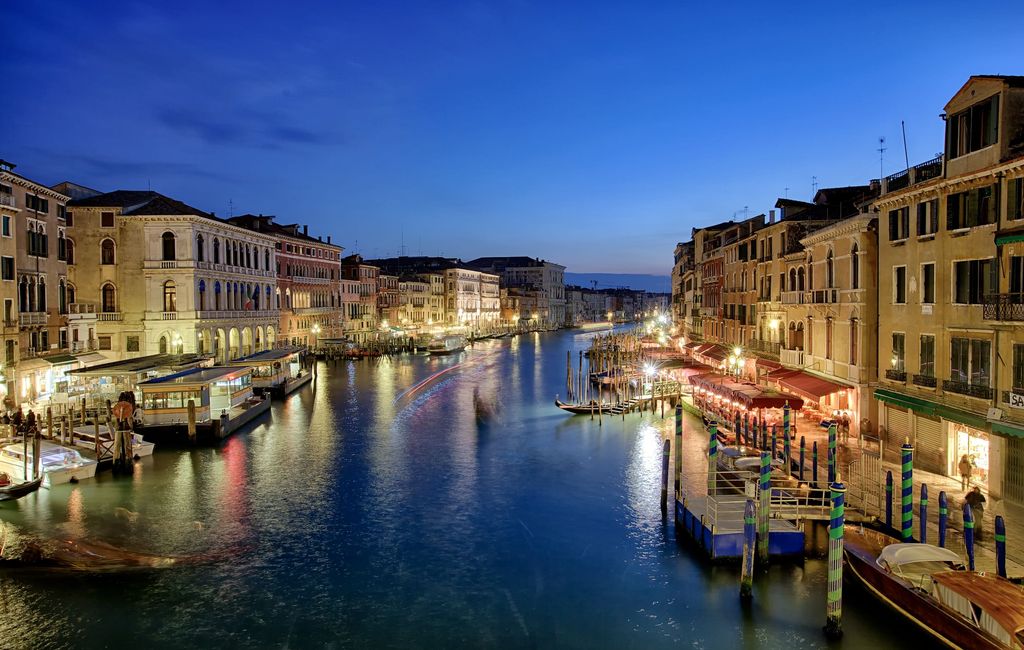
7. **Venice, Italy**
Venice, the enchanting “Floating City” famed for its intricate waterways and cherished by millions, faces a profound challenge as it sinks approximately 0.08 inches (two millimeters) annually while sea levels rise relentlessly. This combination subjects the city to increasingly frequent and devastating floods and unusually high tides. In 2018, Venice experienced its worst flooding in a decade, followed in 2019 by the highest water levels in fifty years, submerging nearly 90 percent of the city.
The city’s precarious condition is further intensified by ongoing coastal erosion and historic groundwater pumping, both contributing to its subsidence. To address this growing crisis, Venice initiated the ambitious MOSE project, a vast flood barrier system planned since the 1980s. Construction began in 2003 and remains incomplete, yet the system, consisting of 78 gates across three inlets, achieved its first operational success in 2020. Additionally, the government has implemented significant measures, including banning large cruise ships from navigating Venice’s lagoon to protect its fragile ecosystem.
While Venice’s existing flood defenses are essential in preserving the city, the scale of environmental changes increasingly challenges their effectiveness and financial sustainability. The accelerating impacts of climate change—rising seas, subsidence, and more frequent destructive tides—necessitate more comprehensive and sustainable solutions to ensure the survival of this unique global treasure beyond the coming century.
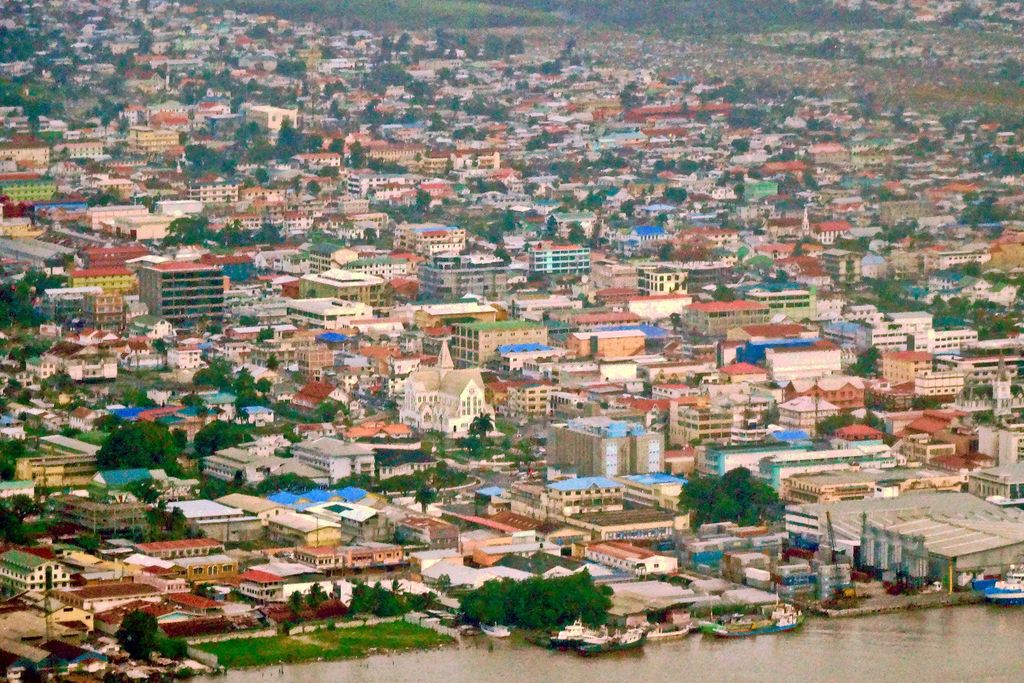
8. **Georgetown, Guyana**
Situated in the Caribbean, Guyana’s historic capital, Georgetown, ranks among the nine most vulnerable coastal locations worldwide facing potential submersion by 2030. This urgent threat arises from its exceptionally low elevation; much of the Guyanese coastline, home to 90 percent of the nation’s population, lies between 0.5 and one meter below high tide. While subsidence rates vary across tropical regions, the risk to Georgetown and its surrounding coastal areas demands immediate and sustained intervention.
For centuries, Georgetown has depended on an extraordinary engineering achievement: an extensive 280-mile sea wall that has long protected the city from Atlantic storms. This vital defense system has historically served as the city’s lifeline. However, the accelerating rise in sea levels now requires significant reinforcement of this critical barrier. Without ongoing and substantial investment, Georgetown’s central districts remain highly susceptible to catastrophic and irreversible damage.
The Intergovernmental Panel on Climate Change (IPCC) presents a stark forecast for Georgetown, warning of a “twin threat” that places the city at severe risk of flooding within the next decade. Preserving this essential capital may necessitate unprecedented scientific breakthroughs or transformative solutions yet to emerge, highlighting the immense challenges confronting this low-lying nation.
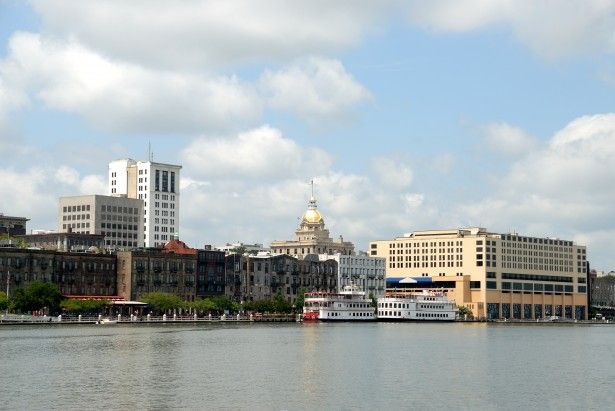
9. **Savannah, USA**
Savannah, Georgia, a historic city, is situated within a hurricane-prone region, heightening its exposure to severe weather events. Beyond the threat of storms, Savannah faces a gradual yet relentless risk of land loss due to encroaching sea waters from all directions, exacerbated by its distinctive hydrological setting.
The Savannah River to the north and the Ogeechee River to the south both have the potential to overflow into the extensive marshlands surrounding the city. This natural susceptibility means that when hurricanes and flash floods occur—as climate projections suggest that by 2050 Savannah may face flood levels historically seen only once per century on an annual basis—the resulting damage could be substantially more severe and widespread. The interplay of river flooding and coastal inundation presents a compounded challenge.
Savannah’s situation offers a critical cautionary example for other historic coastal cities in hurricane zones, highlighting the urgent necessity for comprehensive and proactive strategies. Safeguarding the city’s invaluable natural environments alongside its complex urban infrastructure against these intensifying and increasingly frequent threats is essential to ensuring long-term resilience amid a rapidly evolving climate.
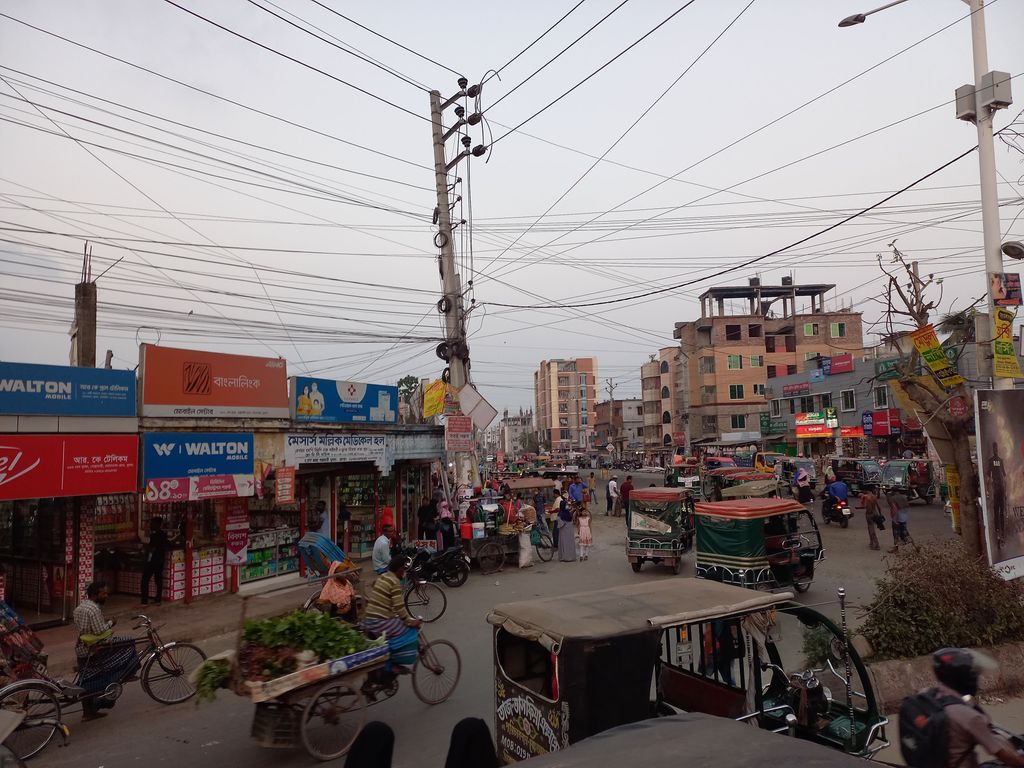
10. **Khulna, Bangladesh**
Khulna, Bangladesh’s third-largest city, faces an existential threat due to its critically low elevation of merely nine meters above sea level. This geographic vulnerability exposes Khulna to the devastating impacts of extreme flooding, as tragically demonstrated by the national floods of 2021 that caused widespread destruction. Climate Central’s analyses reveal that Khulna’s situation is even more precarious than many other vulnerable regions.
Detailed mapping shows an alarming “red creeping in from the west of the city,” symbolizing the advancing waters threatening to engulf key urban areas, including significant institutions such as Khulna University and Khulna Agricultural University. The city’s dense population and expanding infrastructure lie directly in the path of these rising waters, posing serious challenges to its future habitability.
Bangladesh’s extreme vulnerability to sea-level rise is particularly striking given its minimal contribution of only 0.3 percent to global emissions. This stark imbalance places overwhelming pressure on Khulna and other low-lying cities to develop adaptive strategies. It also highlights the urgent global need for collective climate action to prevent a humanitarian crisis affecting millions in highly exposed nations.
It becomes clear that rising tides represent more than scientific forecasts; they are a present and accelerating reality reshaping coastlines and threatening the survival of historic and populous cities worldwide. From Venice’s iconic canals to Asia’s dynamic deltas and the cultural hubs of the Americas, communities are confronting intensifying sea-level rise, land subsidence, and extreme weather with notable ingenuity despite formidable challenges. The experiences of New Orleans, Venice, Georgetown, Savannah, and Khulna form interconnected narratives of a planet in flux, compelling us to understand, adapt, and act with unprecedented urgency to safeguard our shared future.




